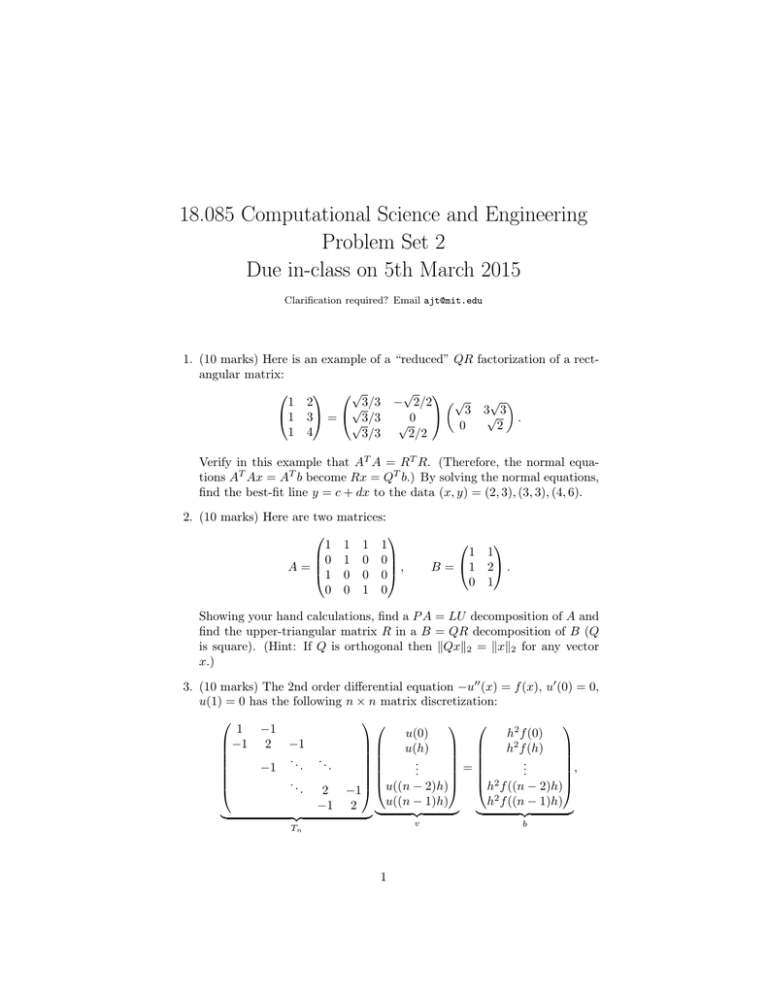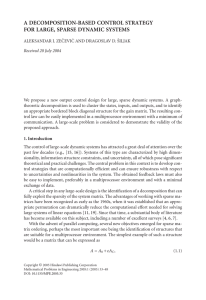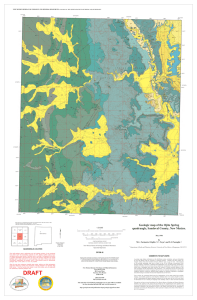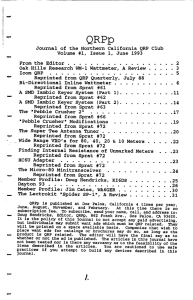18.085 Computational Science and Engineering Problem Set 2
advertisement

18.085 Computational Science and Engineering
Problem Set 2
Due in-class on 5th March 2015
Clarification required? Email ajt@mit.edu
1. (10 marks) Here is
angular matrix:
1
1
1
an example of a “reduced” QR factorization of a rect √
2
√3/3
3 = √3/3
4
3/3
√
− 2/2 √
3
√0
0
2/2
√ 3√ 3
.
2
Verify in this example that AT A = RT R. (Therefore, the normal equations AT Ax = AT b become Rx = QT b.) By solving the normal equations,
find the best-fit line y = c + dx to the data (x, y) = (2, 3), (3, 3), (4, 6).
2. (10 marks) Here are two
1
0
A=
1
0
matrices:
1
1
0
0
1
0
0
1
1
0
,
0
0
1
B = 1
0
1
2 .
1
Showing your hand calculations, find a P A = LU decomposition of A and
find the upper-triangular matrix R in a B = QR decomposition of B (Q
is square). (Hint: If Q is orthogonal then kQxk2 = kxk2 for any vector
x.)
3. (10 marks) The 2nd order differential equation −u00 (x) = f (x), u0 (0) = 0,
u(1) = 0 has the following n × n matrix discretization:
1 −1
u(0)
h2 f (0)
−1 2 −1
2
u(h)
h f (h)
.
.
.
.
.
.
.
.
.
.
−1
=
,
.
.
.
2
. . 2 −1 u((n − 2)h)
h f ((n − 2)h)
− 1)h)
h2 f ((n − 1)h)
−1 2 | u((n {z
}
|
{z
}
{z
}
|
v
Tn
1
b
where h = 1/(n + 1). Write down the LU decomposition of Tn (do T3 , T4 ,
T5 , . . . to get the pattern if you wish). Use the LU decomposition to solve
T3 v = (1, 1, 1)T /16. Describe in general how you would solve Tn v = b
using Tn = LU .
(Bonus part, hard but interesting, extra 2 marks) By recalling the forward
and backward difference formulas,
u0 (x) ≈
u(x + h) − u(x)
,
h
u0 (x) ≈
u(x) − u(x − h)
,
h
what is the corresponding process when directly solving the differential
equation (without discretizing)?
4. (10 marks) Let A be an n × n square matrix and suppose A = Q1 R1 =
Q2 R2 , where Q1 and Q2 are orthogonal matrices and R1 and R2 are uppertriangular matrices.
(a) Show that QT2 Q1 is an orthogonal matrix.
(b) Show that QT2 Q1 = R2 R1−1 .
(c) If D is an upper-triangular orthogonal matrix, show that D must be
a diagonal matrix where each diagonal entry is +1 or −1.
(d) By setting B = QT2 Q1 = R2 R1−1 , what form does B take? (Note that
R2 R1−1 is an upper-triangular matrix.)
(e) [Challenging] How many QR factorizations does A have?
5. (Totally for fun, no extra marks, only brownie points) Download the
dataset LoadBMIData.m from the course website. By using least squares,
or otherwise, derive your own model for how weight and height are related
for Hong Kong children.
2








